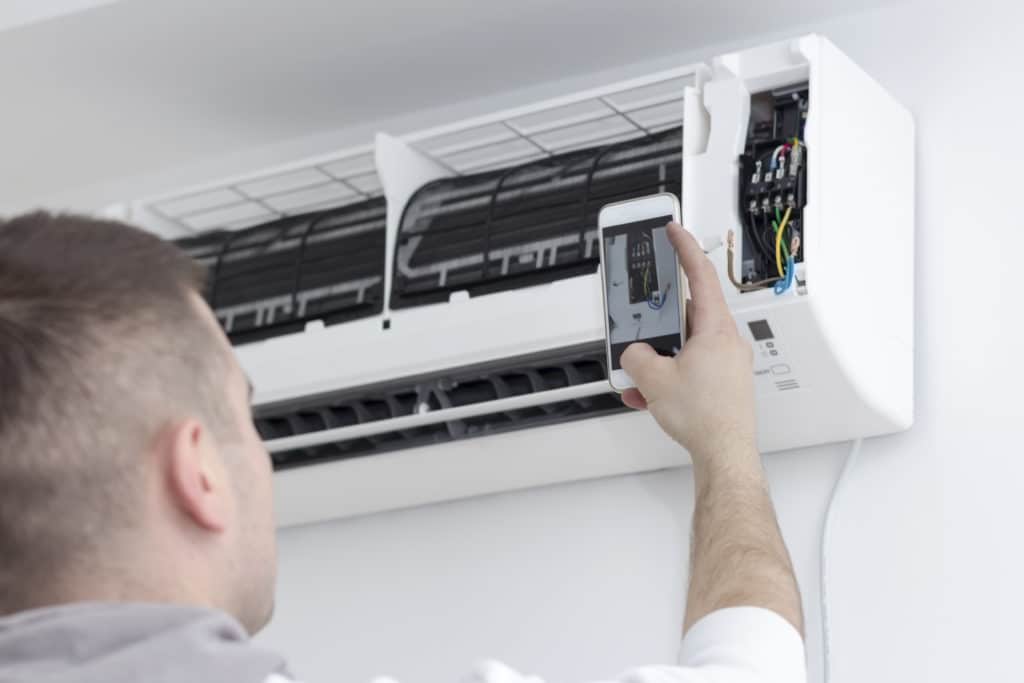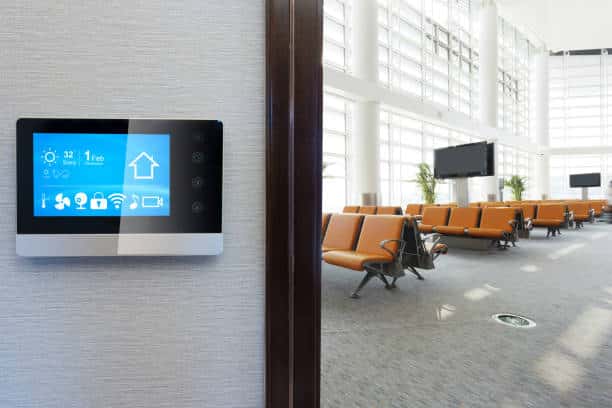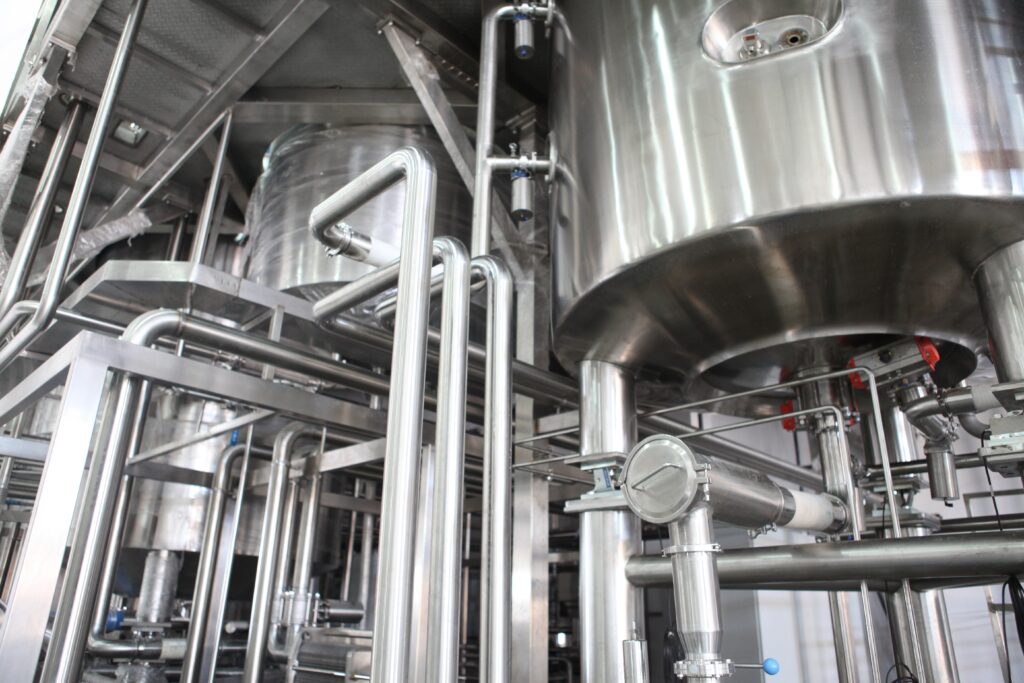A Quick Guide to Condition-Based Maintenance

Discover what condition-based maintenance is, how it differs from other types of maintenance, and how to implement it in this quick start guide.
Maintenance professionals have challenging goals. They want to keep assets in good working order and extend their lives while controlling costs. They also want to avoid causing downtime for their companies. Facilities managers are able to accomplish these goals through condition-based maintenance.
What is Condition-Based Maintenance?
Condition-based maintenance (CBM) is proactive maintenance done on an asset after monitoring shows that work may be necessary. CBM uses visual data, tests, and information from sensors, such as IoT, to determine the ideal time for maintenance for efficient performance. You can use CBM for both mission-critical and non-mission-critical assets.
CBM is critical to achieving the goals of avoiding downtime and extending asset life without overspending. This is accomplished through three data points: the machine’s current condition, the upper limit, and the lower limit. No maintenance is required as long as the machine’s numbers remain between the upper and lower limits. This process helps ensure maintenance is done before the equipment breaks down but isn’t performed unnecessarily.
Condition-Based Maintenance Vs. Preventive Maintenance
Condition-based maintenance and preventive maintenance are similar because both are proactive, meaning you perform the maintenance task without waiting for the machine to break down.
Unlike condition-based maintenance, preventive maintenance looks at history to determine when maintenance is required. With preventive maintenance, if your machine started performing inefficiently every three months for the past two years, you’d check it and perform the required maintenance every 89 days.
Condition-based maintenance focuses on the equipment’s current condition. Generally, condition-based maintenance decreases the time between repairs because the repairs are only done when necessary.
Condition-Based Maintenance Vs. Predictive Maintenance
Condition-based maintenance is also similar to predictive maintenance, another proactive approach. Both CBM and predictive maintenance aim to use data to make repairs just before a breakdown or damage to the machine. However, CBM and predictive maintenance differ in using and processing data.
Predictive maintenance uses many diagnostics and a complex algorithm to determine when you should perform maintenance tasks. CBM uses those three data points mentioned earlier ensuring that no maintenance is required as long as the machine’s numbers remain inside a safe range. For example, a fleet manager using CBM would change a vehicle’s tires when the tread is too low.
Condition-Based Maintenance Techniques
Condition-based maintenance uses various monitoring strategies. Each strategy or technique has its advantages, and many facilities use multiple methods.
- Oil analysis. Sensors analyze the oil in the engines, looking for signs of water particles or contaminants. Particles in the oil could indicate a leak or that the equipment is wearing out. Oil analysis is a widespread technique because creating a baseline and upper and lower limits is easy to do.
- Infrared. Infrared thermography detects the infrared energy the asset releases and produces an image. Tools include infrared thermal imaging cameras, scanning systems, and thermographers. As equipment components wear down, they tend to release more energy than usual. The image will show hotspots or higher temperatures. Infrared imaging can also help prevent safety issues, such as overheated connections.
- Electrical. Electrical imbalances are a significant cause of failure. Electrical techniques focus on measuring the asset’s power quality. Clamp-on ammeters will measure motor current readings to determine whether the electricity supply is within an acceptable range.
- Performance. Performance strategies are traditional techniques such as visual inspection, audio inspection, flow rates, and temperatures. The techniques also track output and performance to ensure they remain within the ranges. When production outputs change, defects increase. The increase in defects could indicate equipment problems. Proper interpretation of results from these techniques requires careful recordkeeping and experience. Also, problems often are quite bad before your senses pick up on them. However, this technique is valuable when advanced technology is not available.
- Ultrasonic. Ultrasonic technologies detect problems such as cavitation leads and parts seatings using high-frequency sound waves. Ultrasound technologies often detect small changes in friction forces that other techniques, such as vibration analysis, might miss. Ultrasonic monitoring is beneficial in manufacturing processes because it can warn you when machine parts may be deteriorating. Contact ultrasonic methods help detect faults that generate high-frequency noise, such as lubrication problems or broken rotor bars. Airborne methods help detect pressure or vacuum leaks. Specific ultrasound techniques include airborne ultrasonics, ultrasonic backscatter, phased array testing, thinking and gauging, and backscatter.
- Acoustic. Acoustic techniques are forms of ultrasound monitoring that detect the sounds of components rubbing together that you can’t detect with the human ear. It can often detect gas or vacuum leaks.
- Vibration Analysis. Different parts of equipment vibrate in different ways so that vibration analysis can detect problems with alignment, design flaws, or imbalances. Techniques within this strategy include fast Fourier transforms, broadband vibration analysis, shock pulse analysis, and spectrum analysis.
Benefits of Condition-Based Maintenance
Condition-based maintenance offers several essential benefits for any facilities management program. Consider the value of these benefits when planning your maintenance systems.
- It improves the life span of the equipment by ensuring repairs are made before failure.
- It reduces the cost of equipment maintenance since repairs are performed only when necessary.
- CBM is performed when the asset is being used, requiring minimal downtime. When maintenance is needed, it can be scheduled.
- CBM also helps ensure the equipment performs optimally, produces quality goods, and meets safety regulations.
Condition-Based Maintenance Challenges
While condition-based maintenance has several benefits, it does not come without its challenges. Before deploying CBM as a part of your facilities management strategy you should consider the following potential roadblocks:
- CBM systems require an investment to install and train employees in their use. In some cases, you’ll need to retrofit sensors into old assets.
- They also have difficulty detecting fatigue failures.
- Harsh environments, such as mines, can damage the sensors.
- Because the maintenance strategy is based on specific conditions being met, budgeting for maintenance is more complicated than with some other strategies.
How to Implement Condition-Based Maintenance
Before implementing any system, you need to ensure it fits well with your organization’s overall objectives. Once you’ve decided to implement the system, your budget and the experience of your maintenance personnel will be factored into implementation.
Here are the basic steps in implementation.
- Decide which assets will use this type of maintenance. Starting with the highest priority assets will yield the greatest ROI. One way to prioritize assets is to consider the costs if the asset fails, the likelihood of failure, and the difficulty in detecting failure early.
- Determine what indicators to look for when gauging failure, such as temperature, air quality, or noise. Also, determine the upper and lower limits for each indicator.
- Determine the level of monitoring that makes sense in your context. Consider factors such as budget and your maintenance staff’s skills and limitations.
- Consider software solutions. For example, if you are using sensors, consider a solution that will automatically issue a work order if the sensor indicates the need for maintenance. Also, consider solutions that integrate well with other software.
Your Facilities Maintenance Partner
ServiceChannel is an excellent partner for your facilities management program. We provide enterprise asset management (EAM) software to help facilities management teams optimize their maintenance. We also offer collaborative services and sourcing solutions to improve your asset management program. Learn how ServiceChannel can help accelerate your facilities management program here.



